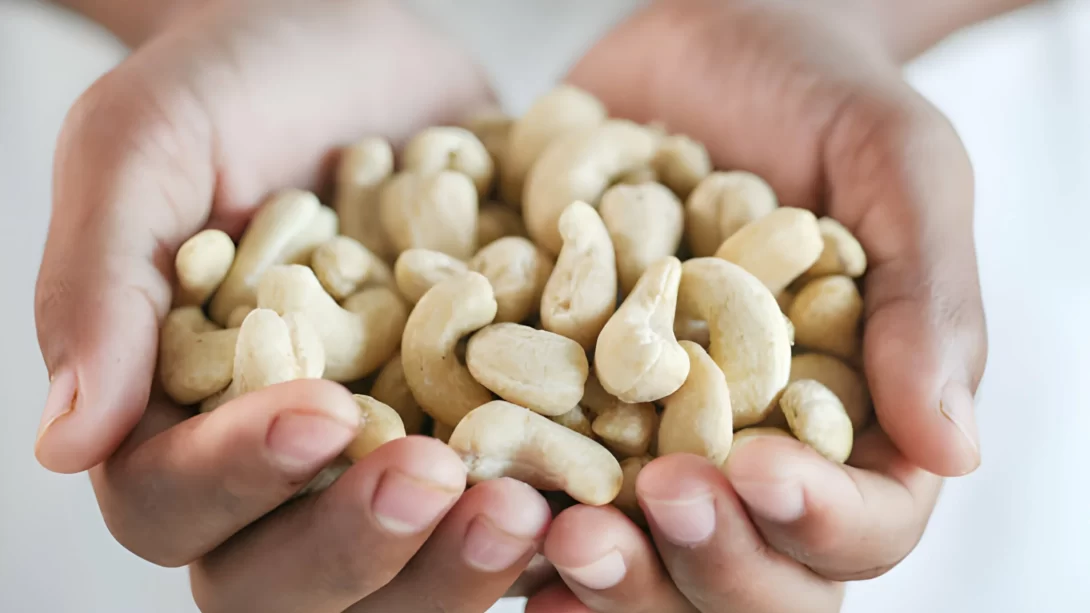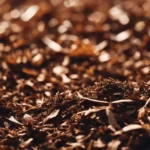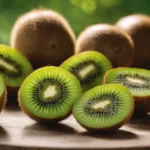Cashews, known for their rich flavor and versatility, are a staple in many cuisines around the world. However, few are aware of the intricate process involved in bringing these nuts from the tree to the table. The cashew tree (Anacardium occidentale), native to Brazil, produces not just the familiar nut, but also a fruit known as the cashew apple. This article will explore the fascinating journey of cashews, focusing on the unique and labor-intensive process of harvesting these nuts.
The Cashew Tree and Its Fruit
The cashew tree thrives in tropical climates and is widely cultivated in regions like Brazil, India, and parts of Africa. A mature cashew tree can grow to substantial heights and bears fruit, which consists of two parts: the cashew apple and the cashew nut. The cashew apple, known for its bright red or yellow color, is a juicy, pear-shaped fruit that develops from the flower. Attached to the bottom of this apple is the real prize – the cashew nut.
The cashew nut itself is unique in its structure. Unlike other nuts, the cashew seed hangs below the fruit, encased in a hard shell lined with a caustic substance known as anacardic acid. This substance can cause skin irritation and must be handled carefully, adding complexity to the cashew harvesting process.
Growth and Maturation of Cashew Nuts
The journey of a cashew nut from a tiny flower to the edible nut is a slow and steady process. The growth cycle of the cashew nut is closely linked to that of the cashew apple, and it can take several months for both to mature fully. As the nuts mature, they change in color and size, which are key indicators for harvesters. Typically, when the cashew apples turn a vibrant red or yellow, signaling ripeness, the nuts are also ready for harvesting.
Cashew harvesting is a seasonal activity, with the timing varying significantly depending on the geographical location. In some regions, the main harvest season occurs once a year, while in others, there may be multiple smaller harvesting periods. The exact timing of the harvest is critical, as it directly impacts the quality and yield of the cashew nuts.
Harvesting Process
Harvesting cashews is a labor-intensive and meticulous process, primarily done by hand. This traditional method involves carefully picking the ripe cashew apples and nuts from the trees. Given the toxic nature of the raw cashew shell, harvesters must exercise caution and often wear protective gloves to handle the nuts safely. The process is delicate; the nuts must be detached from the apples without damaging the valuable kernel inside.
Once harvested, the cashew apples and nuts are typically separated. The apples can be consumed fresh, juiced, or used in other culinary applications, though they have a limited shelf life. The nuts, however, undergo a more complex journey before they are ready for consumption.
Post-Harvest Handling and Initial Processing
Post-harvest, the cashew nuts are initially cleaned to remove any dirt or debris. This is followed by a crucial drying process. Proper drying is key to preparing the nuts for the next stage – shell removal. The nuts are typically spread out and sun-dried, a process that can take several days. This drying reduces the moisture content of the nuts and makes the tough outer shell easier to crack. It’s important to dry the nuts thoroughly to prevent mold growth and to ensure the quality of the kernels.
The handling and initial processing of the cashew nuts require care and expertise. The quality of the final product greatly depends on these early stages. Improperly processed nuts may result in lower quality or even spoilage, which is why this phase is so critical in the journey of cashews from tree to table.
The processing of cashew nuts is a fascinating blend of traditional methods and modern techniques, reflecting the intricate nature of this popular nut. In the next section, we will delve into the challenging task of removing the cashew shell and the subsequent steps that lead to the finished product enjoyed worldwide.
Removing the Cashew Shell
The shelling of cashews is perhaps the most challenging step in their processing. The hard outer shell of the cashew nut contains anacardic acid, a caustic resin that can burn the skin and mucous membranes. Therefore, handling and processing these shells require careful safety measures. Traditionally, the shells were cracked open by hand, a labor-intensive and risky process. However, advancements in technology have led to the development of mechanical methods that minimize human contact with the toxic substance.
The mechanical shelling process involves machines that carefully crack the shells, often with precision controls to avoid damaging the kernel inside. Despite technological advances, some cashew processing still relies on skilled laborers who manually shell the nuts using specialized tools. In either method, the goal is to extract the kernel without triggering a release of the toxic resin contained in the shell.
Final Processing Steps
Once the cashew kernels are extracted from their shells, they undergo further processing. The kernels are often covered with a thin skin that needs to be peeled off. This is typically done by lightly roasting the kernels, which loosens the skin and makes it easier to remove. The roasting process also enhances the flavor of the cashews, making them ready for consumption.
After peeling, the cashews are sorted and graded. This grading is based on the size, shape, and appearance of the kernels. Whole kernels fetch a higher price than broken pieces, although all are equally edible and nutritious. Finally, the cashews may be roasted again, salted, or flavored according to market preferences, or they may be sold raw.
Conclusion
The journey of cashew nuts from tree to table is a complex and labor-intensive process that involves careful handling at every stage. From the initial harvesting of the nuts to the final roasting and packaging, each step requires skill and attention to ensure the quality of the final product. This laborious process underscores the value of cashew nuts, a beloved ingredient in cuisines worldwide.



